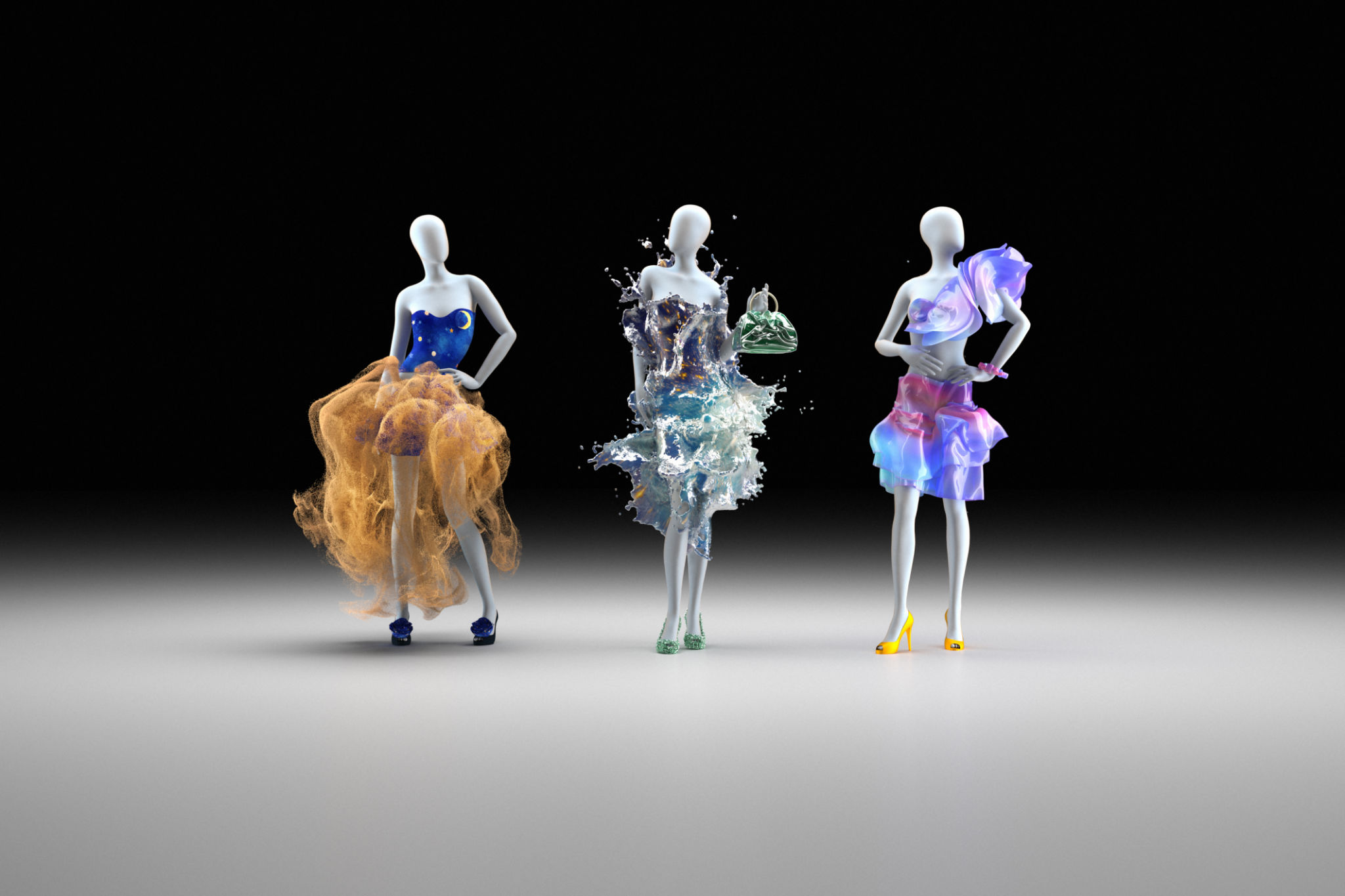From Pixels to Reality: Understanding Digital Clothing
Introduction to Digital Clothing
As technology continues to evolve, the fashion industry is experiencing a digital revolution. Digital clothing is an innovative concept that takes fashion beyond physical garments and into the virtual realm. This new trend is not only reshaping how we perceive fashion but also how we interact with it. From augmented reality (AR) try-ons to full-fledged virtual wardrobes, digital clothing offers endless possibilities for creativity and personalization.

The Rise of Digital Fashion
Digital clothing has gained momentum in recent years, driven by advancements in technology and the growing popularity of virtual experiences. Initially popularized by video games and social media platforms, virtual fashion allows designers to experiment without the constraints of physical materials. This has led to a surge in creativity, with designers creating intricate and imaginative pieces that push the boundaries of traditional fashion.
Benefits of Digital Clothing
One of the key benefits of digital clothing is sustainability. By eliminating the need for physical production, digital fashion reduces waste and minimizes the environmental impact associated with traditional garment manufacturing. Additionally, digital clothing allows for limitless customization, enabling users to express their unique style without ever stepping foot in a store.

How Digital Clothing Works
Digital clothing utilizes advanced technologies such as 3D modeling, AR, and computer-generated imagery (CGI) to create lifelike garments that can be viewed and interacted with in a virtual space. Users can try on these garments using AR applications, which overlay digital clothing onto real-world images captured by smartphone cameras. This interactive experience allows for a seamless blend of digital and physical fashion.
Applications in the Fashion Industry
The fashion industry is leveraging digital clothing in various ways. For instance, virtual fashion shows have become more common, providing designers with a platform to showcase their collections without the logistical challenges of physical events. Retailers are also incorporating digital try-on features into their e-commerce platforms, enhancing the online shopping experience by allowing customers to visualize how clothes would look on them before making a purchase.

The Future of Digital Clothing
As digital clothing becomes more mainstream, its potential applications are expanding. The integration of blockchain technology could enable secure ownership and trading of virtual garments, creating a whole new market for exclusive digital fashion pieces. Furthermore, as AR technology advances, the line between digital and physical fashion will continue to blur, offering even more immersive experiences for consumers.
Challenges and Considerations
Despite its many advantages, digital clothing also presents certain challenges. The technology required to create and interact with digital garments can be expensive and complex, potentially limiting accessibility for some users. Additionally, there are concerns about intellectual property rights and the protection of digital designs in an increasingly interconnected world.
In conclusion, digital clothing is transforming the way we think about fashion. With its blend of creativity, sustainability, and technological innovation, it holds the promise of a more personalized and environmentally-friendly future for the industry. As this exciting trend continues to evolve, it's clear that the journey from pixels to reality has only just begun.
